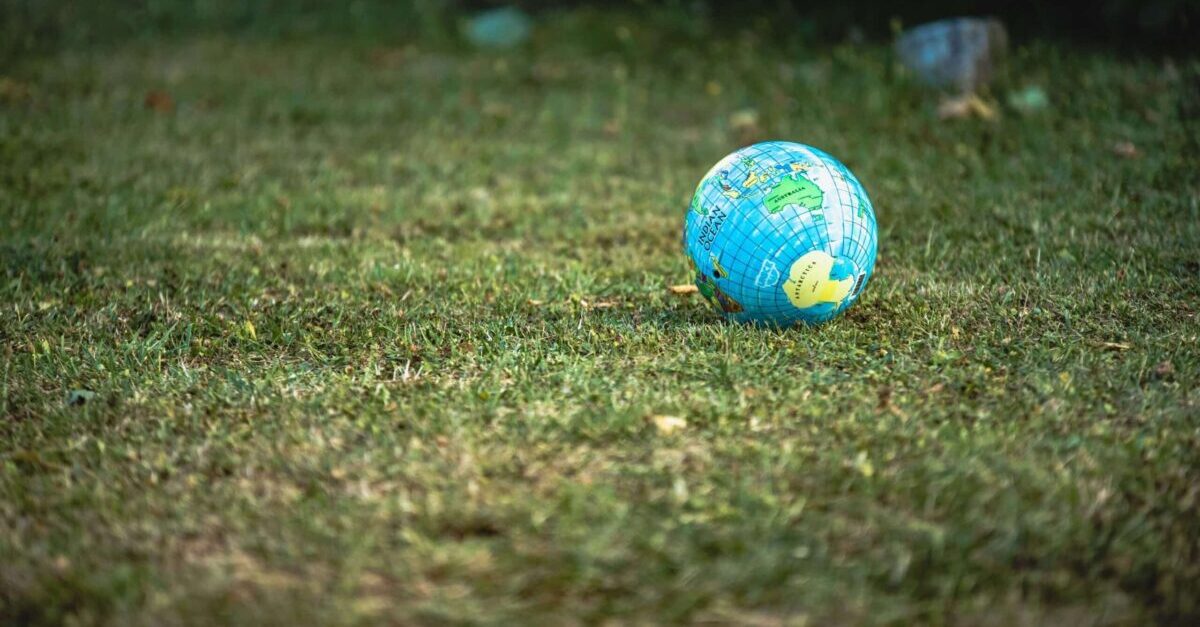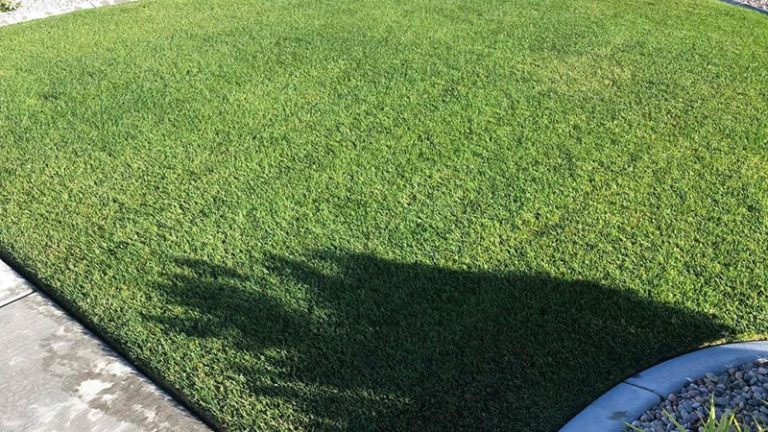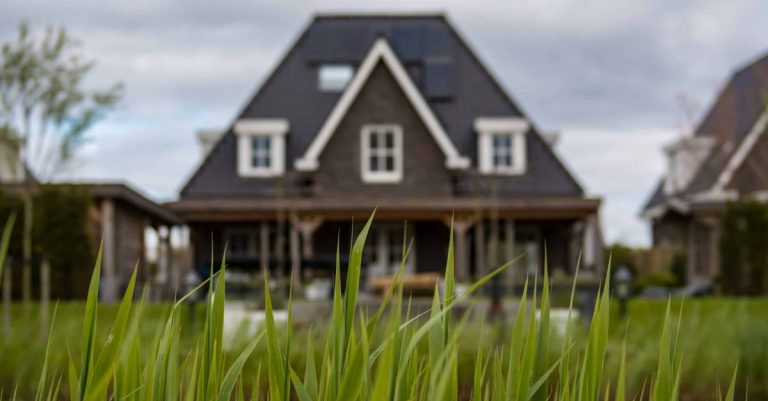How to Create a More Sustainable Lawn
Having a beautiful green lawn is the “norm” in suburban America today and Utah is no exception. Not only does it look nice and present uniformity throughout neighborhoods, but we also use our lawns for recreation and as an easy way to spend time outdoors. However, some homeowners may be concerned about the carbon footprint and environmental impact of their lawns. Here are a few things to be aware of:
Environmental Benefits
Let’s start with the positives: having a lawn benefits the environment in several ways. Unlike hard surfaces, such as concrete or asphalt, grass absorbs rainwater, reduces erosion from stormwater run-off, and helps clean the air. Grass can also improve soil quality, reduce noise pollution, and lower the air temperature around your home. The air temperature over lawns stays 10-14 degrees cooler than pavement which can reduce your home cooling costs. Green grass also helps stop the spread of wildfires by acting as a fire retardant. These firebreaks offer significant protection for your home in the event of a wildfire.

Environmental Disadvantages
Lawns unfortunately also have some environmental drawbacks that should be considered. The water requirements can be an issue, especially in areas like Utah which are prone to droughts. Using a lot of chemical fertilizers and pesticides can also be damaging to the environment and harm wildlife. It’s important to be very intentional about the products you use and exercise caution not to overuse them. Learn more about proper fertilizing practices, and how to use pesticides correctly.
Another issue with lawns is a lack of biodiversity. Lawns are often planted with only one type of seed and, with the use of herbicides, is the only plant allowed to grow in the area. This lack of biodiversity affects wildlife, creates more need for fertilizers and other chemicals, and makes them more susceptible to disease. This vicious cycle continues as more chemicals are used, the carbon footprint grows, and more environmental damage is done.
Creating a Sustainable Lawn
Don’t worry, you don’t need to go tear out all your grass and lose your beautiful yard. There are ways you can be environmentally friendly and have a lawn. Here are a few options to make your lawn more sustainable:
Lessen the Use of Harmful Chemicals
If possible, limit the use of chemical pesticides. There are times when it’s unavoidable, but try to be intentional and careful with your products. Avoid over application and be sure always to follow the directions on your specific product’s label. You can use alternative methods such as neem oil and diatomaceous soil. By encouraging biodiversity, you make your lawn naturally more resistant to pests as biodiverse lawns have a better balance between good bugs and bad ones.

Encourage Biodiversity
This one is a little easier to accomplish than you might think. The first step is to make sure you plant the appropriate grass for your climate and, if available, use a blended grass seed. You can also plant clover (on its own or with your grass). Did you know clover used to be considered a sign of a healthy lawn? In the 1950’s there was a shift in the perception of what a beautiful lawn looked like and steered into more uniform-looking grass. However, clover is incredibly beneficial for lawns as it attracts beneficial bugs for your yard, such as bees. It also stays green from spring until the first frost with minimal watering needs. You can also plant native plant species in flower beds surrounding your lawn to encourage biodiversity in your yard.
Fear-mongering articles may lead you to believe you shouldn’t have any lawn or that you’re harming the environment by doing so. While there are some environmental drawbacks to a grass lawn, there are ways to encourage biodiversity and make your lawn more eco-friendly. By following these simple steps, you can enjoy your beautiful grass and make a positive impact on your surroundings.






